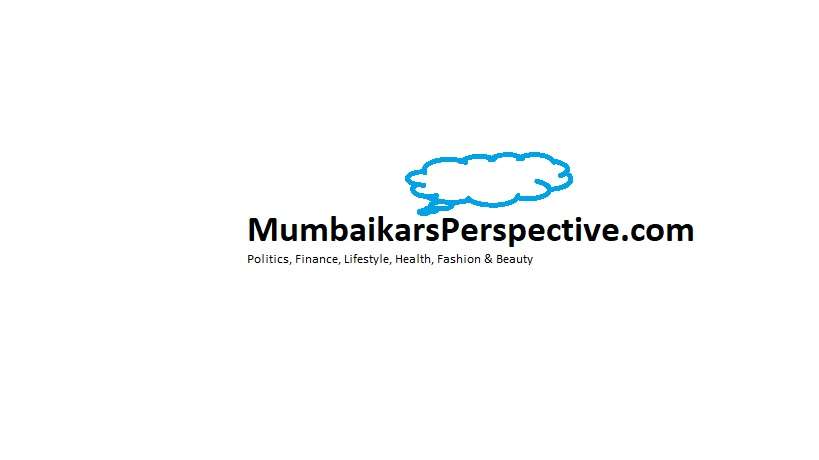Know About Who discovered India And How?
India was also famous all over the world in the 15th century for its diamonds, gems, and above all for spices such as black pepper, cardamom, and cinnamon. This rich merchandise generated stiff competition among Europe and Arab states for the trade with India. However, in the past, all trade along the route land only with major Asian countries such as India, China, and Myanmar was dominated by Muslim rulers. These rulers would never permit Europeans to trade via this route, and thus the European nations were forced to look at some other means of reaching India.
Several European countries tried to discover a sea route to India and only partly succeeded except in the Portugal country. Vasco da Gama, a Portuguese navigator, is credited with discovering this sea route. Vasco da Gama was the first person to sail directly from Europe to India, landing on the Calicut coast, or present-day Kerala, on May 17, 1498.

Before Vasco da Gama, several invaders had crossed the land route Khyber Pass to reach India from the hands of Alexander and Arabs, Mongols. Still, Vasco Gama's discovery of the sea route brought India to the Western world, where a lot of spices, silk, silver, gold could be traded, and marked a big milestone in history. The European interest in the wealth of India turned into greed and led to the colonization of India.
Vasco da Gama was born in the 1460s in the noble family residing in Sines, Portugal. He was raised in a maritime environment by his father, Estevao da Gama who himself was a sailor and an explorer. After his father, Vasco da Gama joined the Portuguese navy to learn navigation. The King of Portugal, Henry, financed sea voyages, whereas a fellow explorer, Bartolomeu Dias, established that the Indian and Atlantic Oceans constituted one huge body of water.
Vasco da Gama initiated this historical journey from Lisbon on July 8, 1497 with four ships and 170 men. Da Gama had to face adverse weather and long-crossings sea, but finally he reached the Cape of Good Hope followed by Mozambique. There in Mozambique, there were traders who guided him to India. He encountered a Gujarati sailor named Kanji Malam in Malindi, who took him to Calicut.
After three months spent in India, Vasco da Gama returned to Portugal on September 18, 1499. He earned a fortune due to spices that he brought back with him; King Manuel I of Portugal commissioned him for a second voyage in 1502. In his third voyage in 1524, Vasco da Gama became governor of Portuguese India; he died that same year in Calicut.
His discovery paved the way for other European nations like the Dutch, British, and French to establish colonial empires in India.








